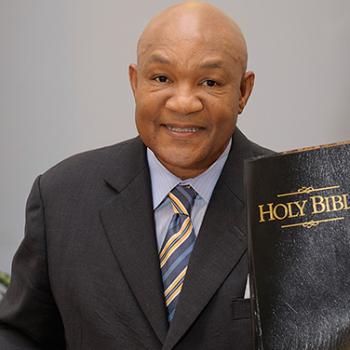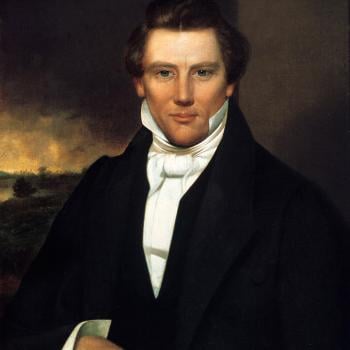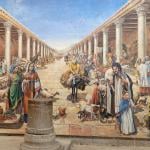Challenging a “solitarist” view of identity, Amartya Sen ( Identity and Violence ) writes, “The same person can be, without any contradiction, an American citizen, of Caribbean origin, with African ancestry, a Christian, a liberal, a woman, a vegetarian, a long-distance runner, a historian, a schoolteacher, a novelist, a feminist, a heterosexual, a believer in gay and lesbian rights, a theater lover, an environmental activist, a tennis fan, a jazz musician, and someone who is deeply committed to the view... Read more



















